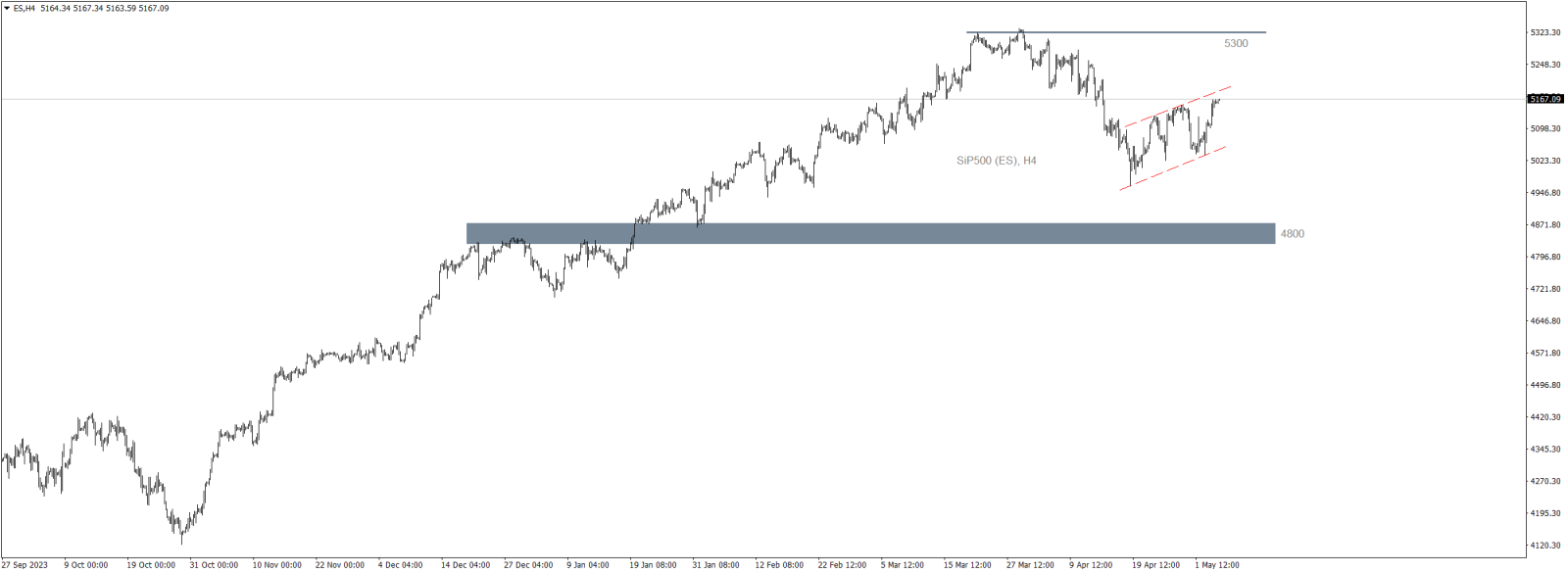Bull market in Forex

A bull market in Forex is characterized as a period where currency pair prices experience sustained growth over a significant time frame. It describes a situation in which a currency pair consistently appreciates in value. The term “bull” derives from the metaphor associated with the behavior of a bull, which thrusts its horns upwards, symbolizing growth and optimism. During such market conditions, all market participants generally share a positive outlook, anticipating further price increases.
The market unfolds in various stages. The accumulation phase typically follows a prolonged bear market or a period of stagnation. At this juncture, savvy investors—often referred to as “smart money,” including professional traders and institutional players—begin to buy assets at lower prices, positioning themselves for future growth.
As prices start to climb, this upward movement becomes apparent to the wider public. More investors flock to the market, purchasing assets and consequently driving prices even higher. At the height of this euphoria, prices reach their peak values. It is during this time that investor enthusiasm can become irrational, causing the market to overheat. Following this peak, the market typically undergoes a corrective phase, during which prices slightly decline, leading to market stabilization.
A well-known strategy during a bull market is “buy the dip,” which involves opening long positions during temporary price setbacks within an overall upward trend. This approach allows traders to enter the market at more favorable prices, banking on the continuation of the bullish trend.
Another popular strategy is trend following. This entails opening positions aligned with the current market trend. Traders often utilize indicators, such as moving averages, to identify and ride the upward momentum of prices.
Combining various strategies can also be an effective approach. For instance, traders might merge the “buy the dip” strategy with breakout trading to maximize profits while mitigating risks. By doing so, they capitalize on price retracements as well as momentum shifts when a currency pair breaks through key resistance levels.
Additionally, exercising disciplined risk management is vital in a bull market. Setting stop-loss orders and adhering to them ensures that one can protect profits and limit losses if the market sentiment shifts unexpectedly.
Moreover, keeping abreast of economic news and geopolitical events is crucial, as these factors can significantly influence currency movements. In a bull market, positive economic indicators and robust financial data tend to support the upward trajectory of currency values, while negative news can trigger corrections.
In summary, a bull market in Forex presents a prime opportunity for traders willing to embrace its dynamics. By understanding the phases of the market, employing effective strategies like buying on dips, and actively following trends, traders can maximize their investment potential. Ultimately, blending various strategies while maintaining a solid risk management framework is key to navigating the opportunities and challenges that a bull market presents, ensuring a balanced approach to trading success.